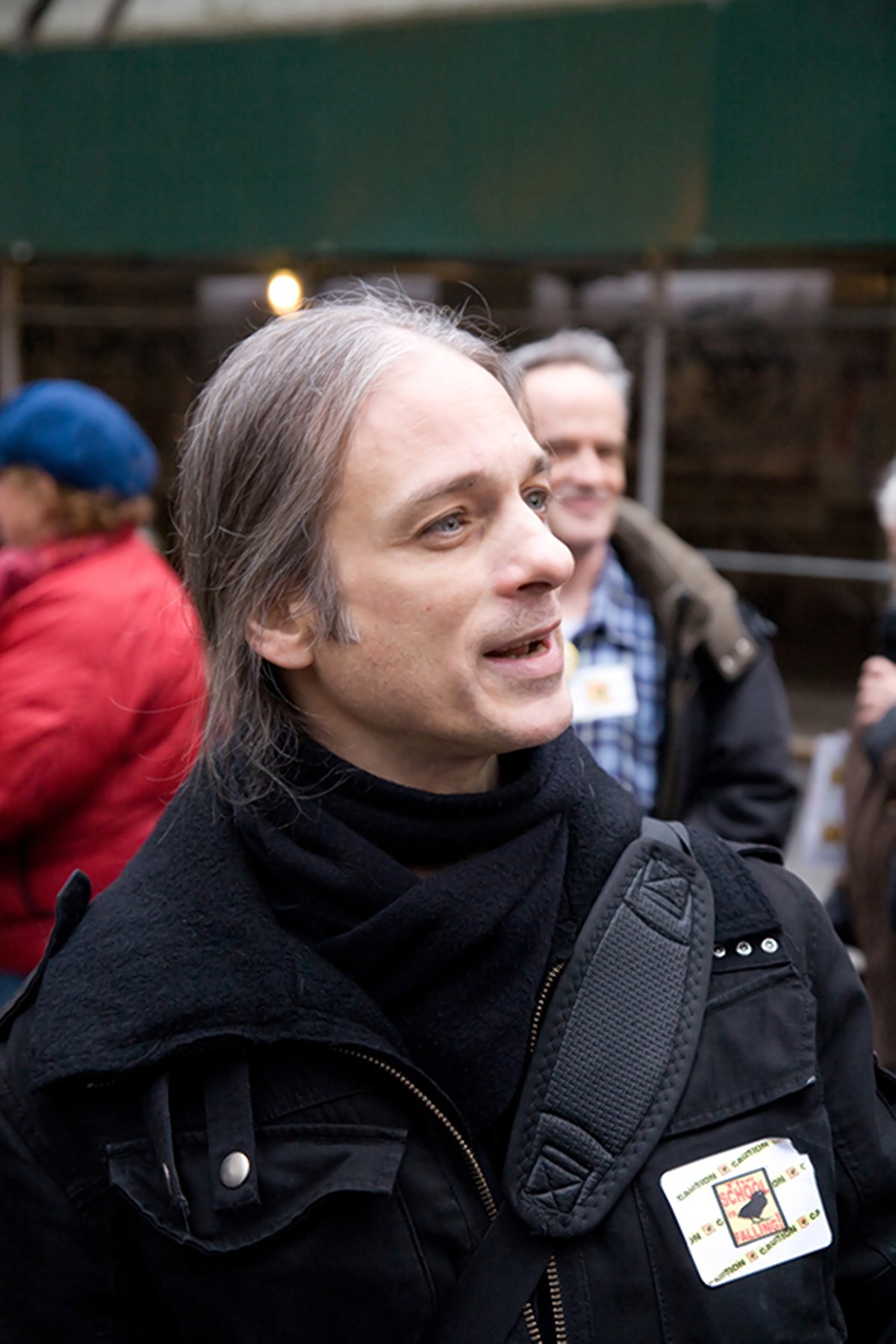
BY PAUL GARRIN | The Internet is neutral by design. What makes the ’Net special is the way it works. It’s based on the “end-to-end principle,” wherein any computer or device that connects to the network can send data to and receive it from one or many devices on the network. The network infrastructure acts only as a “dumb pipe” that passes data, unaltered, through routers and gateways from source to destination.
With this design, any computer or device can act as client or server, or both. Any computer or device can act as producer or consumer. Be it a home-blogger on her tablet, or a team of coders and their server farm, a connection to the Internet gives them equal participation and opportunity. It’s this quality that made the Internet such a fertile space for human interaction and invention.
The Internet’s decentralized, peer-to-peer, many-to-many model is in stark contrast to the centralized, one-to-many broadcast / cable media business model. Broadcast and cable media were late to adopt the Internet, but came on in full force when broadband and faster infrastructure became the norm. Cable companies became ISP’s (Internet service providers), bundling cable TV with Internet and phone service; ISP’s, many of whom were also telephone providers, bought cable and media companies. (Comcast owns NBC. Verizon owns Yahoo and AOL. AT&T is vying to merge with Time Warner.)
Once the line was crossed between content ownership and Internet service, these large ISP / media conglomerates, many of whom have monopoly territories, had a vested interest in selling their own content and services to their subscribers, and no interest in carrying competing content traffic that originates outside of their infrastructure. The business of providing dumb-pipe connectivity alone did not satisfy their profit motives the way that monopolizing content does. The conglomerates want to turn your Internet connection into their version of cable TV and phone business. They’re in control and you’re not, and they can potentially affect which content and how much of the Internet you can access.
This looming threat came to a head when Comcast began throttling its customers using peer-to-peer file sharing, such as via BitTorrent, which allows users to share large files, such as digital video clips of TV shows and music videos. A class action lawsuit was filed against Comcast in 2007; Comcast settled for $16 million, but stood by its right to “manage” its network traffic.
Consumer protections were limited, as in the Comcast case, and needed to be litigated in court. Advocates for “’Net neutrality,” a term coined by Columbia University law professor Tim Wu, used social media to raise awareness of the issue and how it threatened the Internet. In 2015 the Federal Communications Commission passed a ruling saying that the Internet should be regulated under “Title II” as a “common carrier,” meaning that Internet providers are required to carry traffic on a nondiscriminatory basis. Complaints and enforcement would then be referred to the F.C.C.
The Republican action to repeal Title II regulation pushed consumer protections to the Federal Trade Commission and opened the door for the media conglomerates / ISP’s potentially to alter or block competing content or reduce its quality.
Breaking the end-to-end principle breaks the Internet. It has the potential to marginalize and silence independent and individual voices, and amplify those that serve the corporate / political / economic interests of the conglomerates. It has the potential to shut down start-ups that could disrupt the markets captured and controlled by industry giants.
Without the Title II regulations, consumers are at risk of paying for a broken Internet. But, all hope is not lost. ’Net neutrality, as it turns out, is what is known as a “last-mile” issue. The last mile is the path from the Internet data center to the end user. It’s at the last mile that ’Net neutrality breaks down — or not.
Fortunately, community wireless networks, like WiFi-NY, which I launched in 2003, are an alternative in urban areas. Many rural areas have independent wireless carriers that choose to uphold the end-to-end principle. Citizen networks that deliver a neutral last mile are a proven and growing alternative. Our friends in the suburbs, though, may have a tougher time since many of them have only one option for Internet connectivity.
While some of us have the privilege of building or supporting community networks, we all have the duty to protect the end-to-end magic of the Internet and keep it open for everyone. Some states are already working on measures to protect ’Net neutrality at the state level, and others have highlighted the antitrust jeopardy for companies that use their monopoly power to exclude others from their market.
This is a long game and it’s far from over. As always, informed and active citizens will always have the upper hand.
P.S.: ’Net neutrality is personal for me. The end-to-end principle was broken 20 years ago when the monopoly in charge of the DNS (Domain Name System) refused to route — as in, accept into the main Internet, as we know it — the top-level domain names of my company, Name.Space. Top-level domain names I created at that time included .nyc, .art, .chat, .food, .sex, .comics, .war, .peace, .tech, .fashion, .movies, .hotel, .weather and .gay.
WiFi-NY was created because of this — as an alternative last-mile provider. I was fully cognizant of the threat to an open Internet and felt the only answer was to build another path for our community to access it without fear of censorship.
Garrin, a longtime East Villager, is founder, WiFi-NY and Name.Space

















